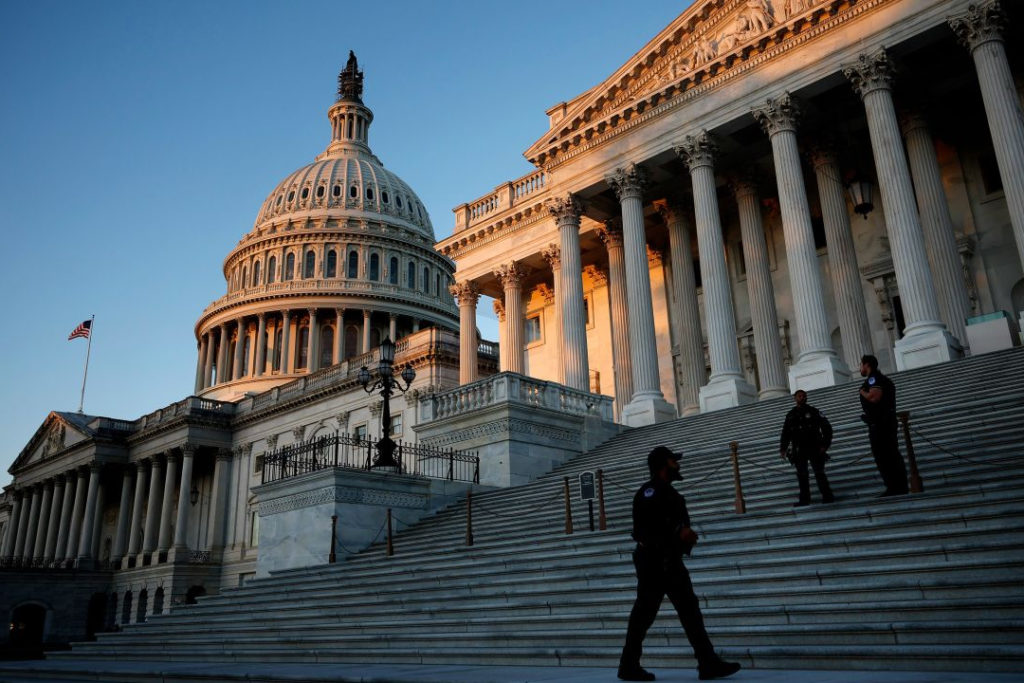Three weeks ago over dinner my 87 year old father asked me how much money I had made for our clients in our equity strategy in 2017. There was a twinkle in his eye, and I knew exactly why he asked this.
Three weeks ago over dinner my 87 year old father asked me how much money I had made for our clients in our equity strategy in 2017. There was a twinkle in his eye, and I knew exactly why he asked this.
Three weeks ago over dinner my 87 year old father asked me how much money I had made for our clients in our equity strategy in 2017. There was a twinkle in his eye, and I knew exactly why he asked this.
After my answer (+22% from a partially hedged equity portfolio), he replied that he had gained over 80%.
For years I had repeated my observation that to massively overweight Emerging Market equities, and to add on leverage in Yen on top, was as inappropriate a portfolio as one could possibly have for any investor, especially a retired person with no other sources of income. To my father, this massive outperformance in 2017 was proof that he was right to ignore my past warnings.
In investing, more than any other endeavour, over the short term not only is it impossible to look at performance to differentiate between skill and luck, very strong performance is actually inversely correlated with skill (or if not skill, at least caution and a well-diversified portfolio, lest I be accused of hubris in claiming any skill in this field). The best performing funds of last year are always the ones that took concentrated risk that got paid off. Many of the funds that correctly ‘foresaw’ the US sub-prime crisis in 2007-2008 did not foresee the subsequent recovery, and have massively underperformed since, to the chagrin of investors who piled in after those two years of outperformance.
In mid-2007 I was inundated with managers pitching their funds, all of which showed annual returns above 20%. Many were newly created by long-only managers who were attracted by the ability to charge a performance fee rather than just the flat 1% from mutual funds. These funds that were thinly disguised leveraged long-only equity portfolios, and many permanently blew up in 2008.
All funds always say that ‘Past Performance is no Guarantee of Future Results’. This is definitely true over the short term, but a long-term track record of more than a decade through a significant bear market says a lot about whether there is any skill involved.
I have often heard from our clients that they do not like to buy funds, because every fund they have ever been recommended ended up losing money. The reason for this is not anything inherently wrong with funds vs. single stock investing, it is that the funds that are being recommended are always the ones that have performed best over the last few years. No one wants to buy a fund that has underperformed (or worse still, lost money!) in the last few years. Even professional asset allocators often fall prey to firing managers after 2 years of underperformance, to re-allocate the money to managers that have outperformed in the same period. But if the strategy that has underperformed is robust, this is usually the best time to invest as financial markets have a strong tendency to revert to the mean.
Asian equities are always more volatile, so corrections are more frequent and deeper. Rather than being overly concerned about the next move down, and being held captive by the latest opinion on whether the markets will quickly rebound or fall further, it is better to shift the focus away from the result and to improve your process instead. Below I highlight two good ways to do this.
There is an investment term used to define the behaviour and pay-off of an investment: convexity. Positive convexity is in investments that have more upside than downside. An investor may wonder why anyone would ever choose a negative (or short-) convexity investment, one that has more downside than upside. In reality the vast majority of investments recommended are short convexity. The business model of banks, by lending money leveraged on deposits that can be withdrawn at any time, is by definition short convexity; this is why every past and future crisis will always have banks in the middle of it. It is little wonder that the worst performing sector for investors in the long term is financials.
The second step is to have an investment plan that turns market volatility from a source of uncertainty and stress to a source of additional profits in your portfolio. There are many ways to do this and all require strong intestinal fortitude (which happens to be the basis of our company logo, and our motto). Ideally this plan is executed in a way that is tailored to each investors’ specific risk tolerance and maximises their ability to follow it, by keeping their heads when everyone around them is losing theirs. One version of such a plan is to start with a diversified global portfolio (preferably with some portfolio protection), and shift 10% into equities for every -15% fall in equity markets, selling the excess equities once markets have recovered. Using this simple plan, by definition investors will be fully invested in equities at the bottom of every big bear market and will know exactly what to do every step of the way. This is the simplest version of a robust investment plan, though it is by no means emotionally easy to follow. It is important to note that this strategy works much better with index trackers, rather than single stocks, because single stocks can (and sometimes do) fall to zero.
Two weeks after my father’s initial question, I got the inevitable follow-up which is whether I thought equities would fall further. I thought about answering with my grand theory that the global secular trend of higher corporate profits at the expense of lower average wages is ending and would reverse in the future, with significant implications for both bond and equity markets everywhere. Instead I gave a simpler and better answer: we were waiting for the -15% trigger to add more equities, which had not yet happened.
By LEONARDO DRAGO
Co-founder of AL Wealth Partners, an independent Singapore-based company providing investment and fund management services to endowments and family offices, and wealth-advisory services to accredited individual investors.






